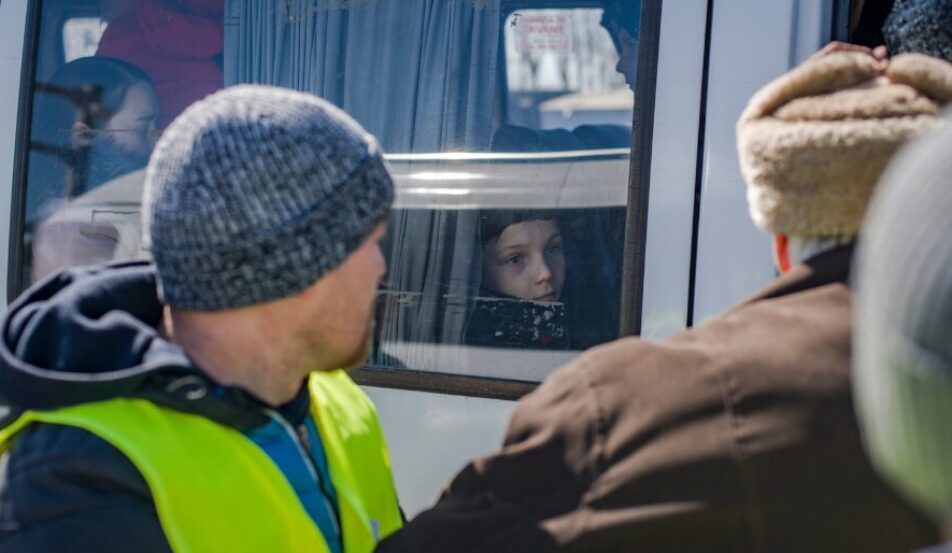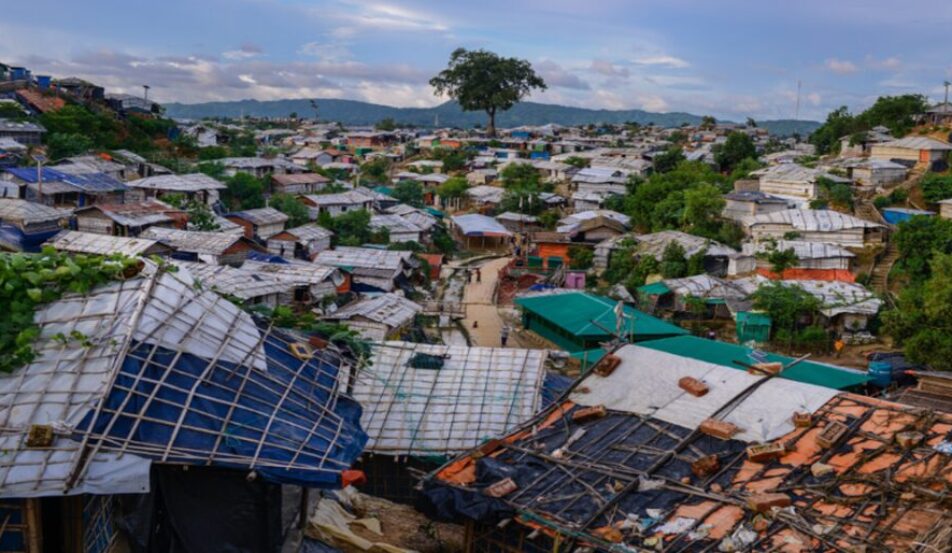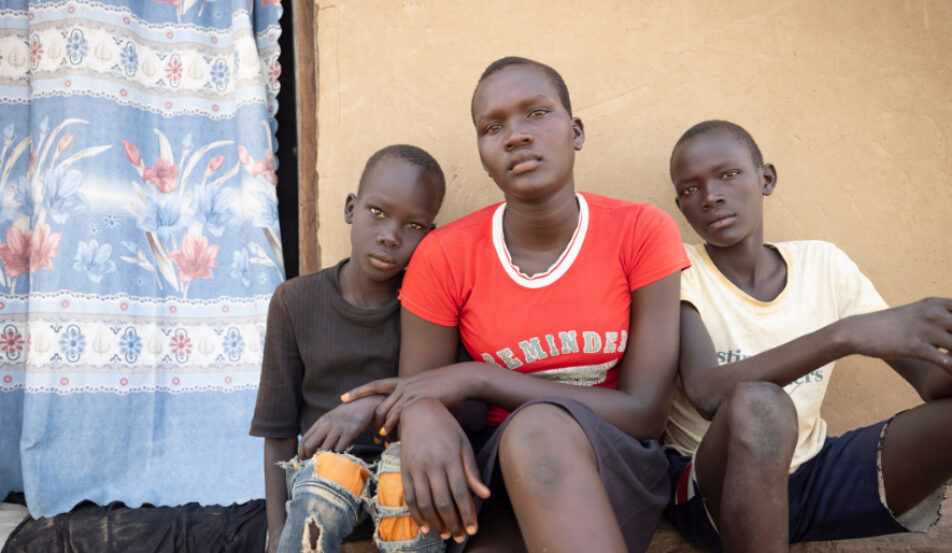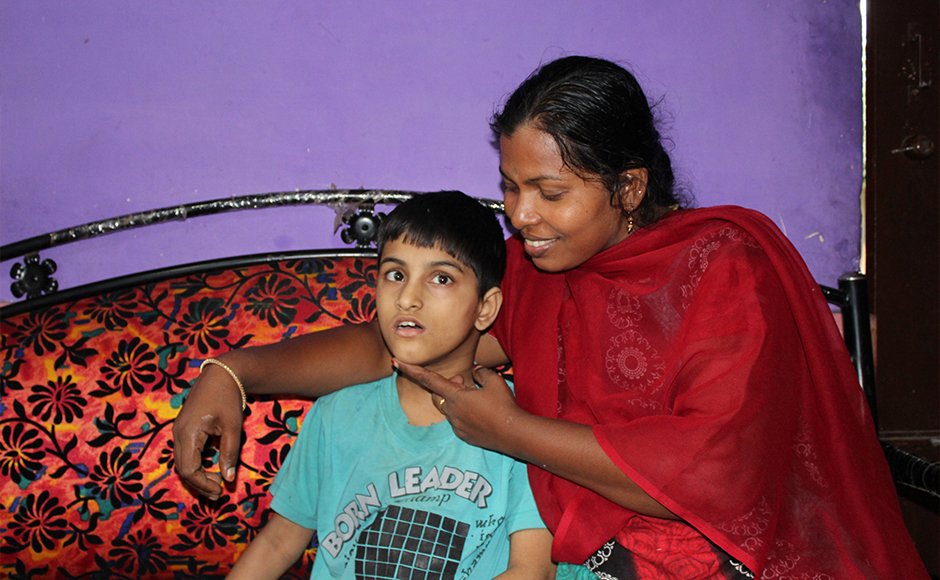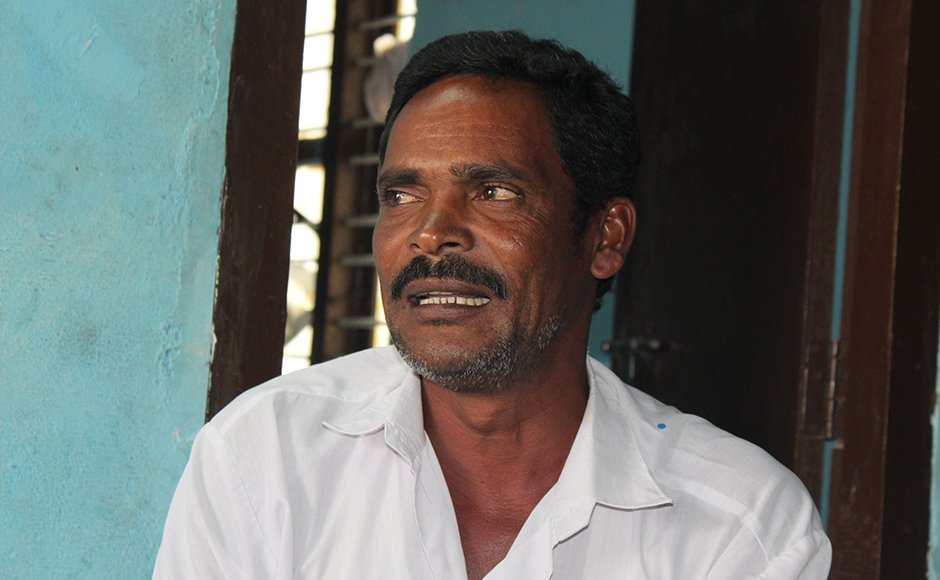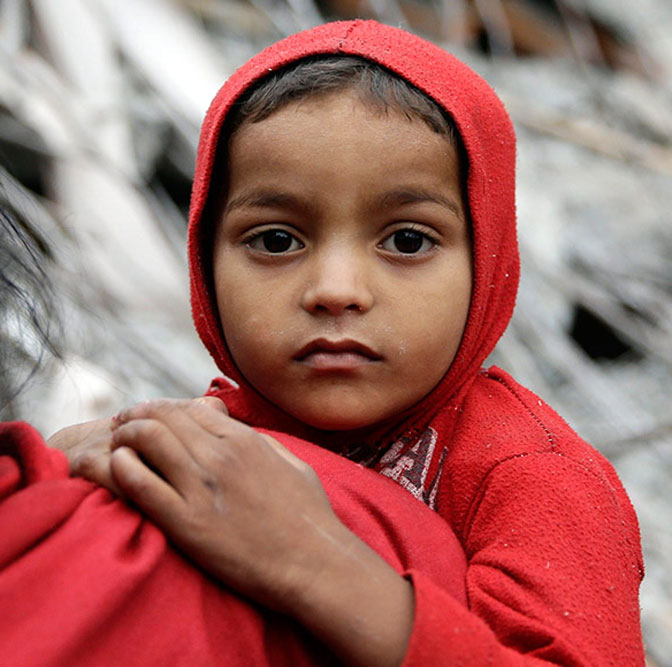Elsewhere in the village, Mahesh and her husband Ashoghan and son Amrith survived the tsunami, but they were forever touched by the trauma of the day. A pregnant Mahesh was slammed into walls by the waves, and later she and her husband were confronted with scores of dead bodies while searching for their three-year-old son in a shelter. They found him in a corner, alive but unable or unwilling to speak.
“It was a horrible situation out there,” Ashoghan recalls. “We decided to move to another place, as the atmosphere was affecting both our body and soul, especially my son, who had not spoken a word since we found him. We crossed a backwater river stretch and moved out of the village and walked throughout the night to reach a nearby town.”
Amrith, now 13, is sponsored through ChildFund and attends school. After the tsunami, he was able to spend time in a Child-Centred Space to help recover from the trauma. But the family still suffers hardship. Amrith`s younger sister, Joyse, who was born a couple of months after the tsunami, has cerebral palsy, which has prevented her from forming words or walking.
Near Govindaraj’s home, K. Rathnavel, a leader of this community, is busy preparing for a commemoration event for the victims of the tsunami. In between phone calls to other community members, he says, “I want to build a memorial dedicated to the people who lost their lives in the tsunami.”



